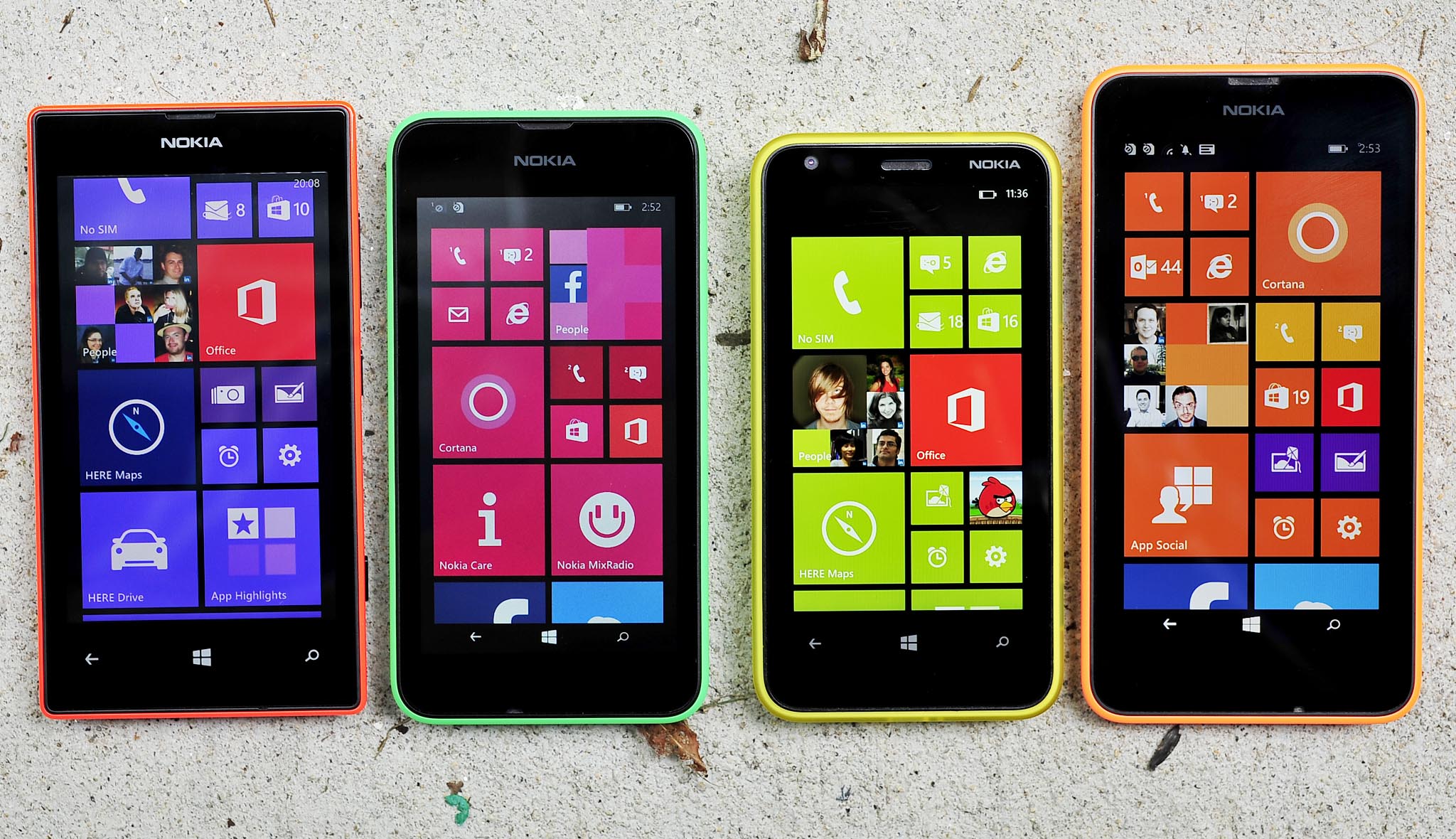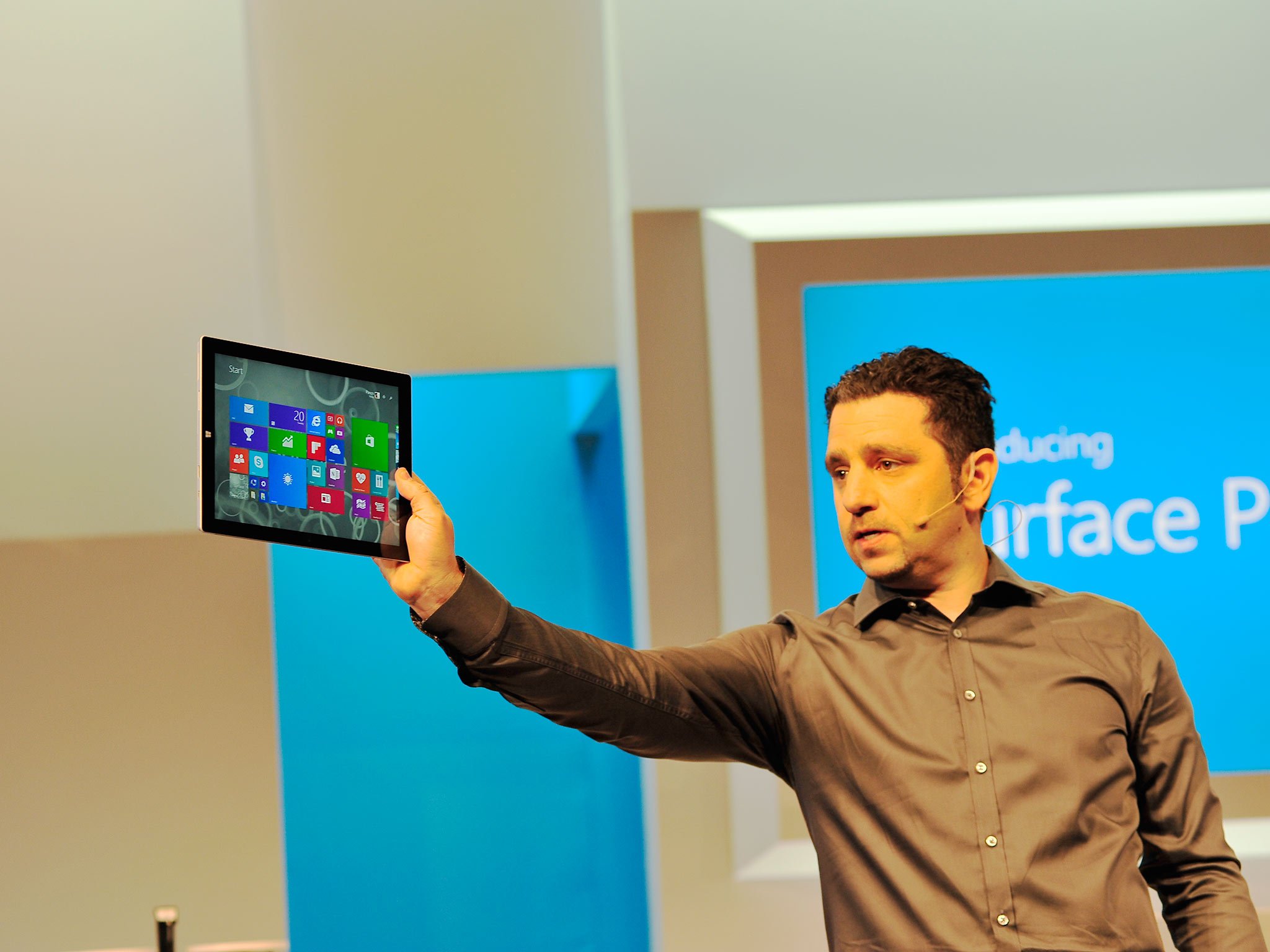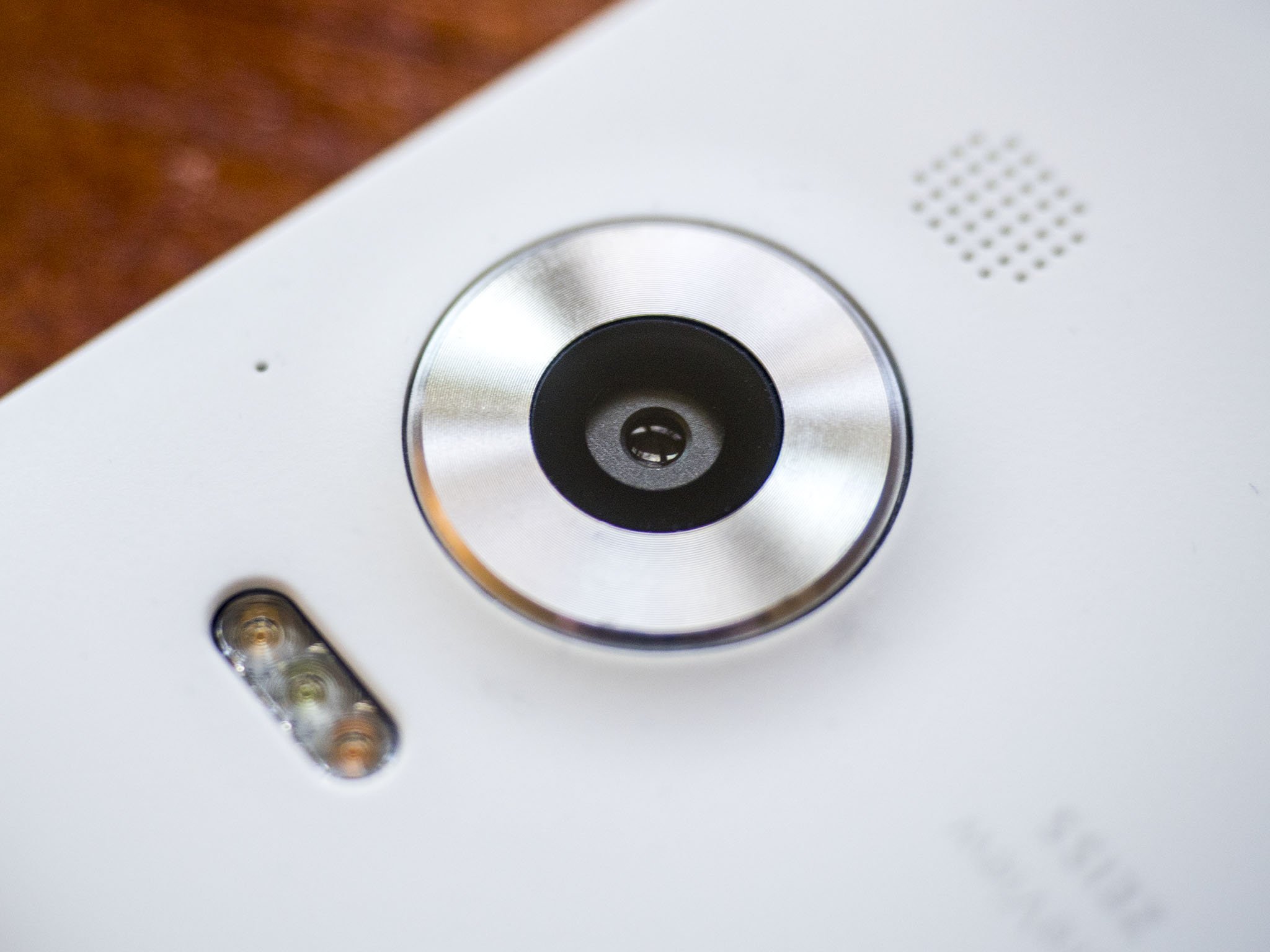A Microsoft Surface Phone may come in three versions but not until early 2017
Microsoft's plans for a Surface phone still appear to be happening, but it may be pushed back until early 2017 with their other new Windows 10 devices. There could also be up to three models of the premium flagship.

With Microsoft's Windows 10 Mobile OS continuing to be developed with new builds nearly every two weeks it seems like a good time to wonder what Microsoft's hardware intentions are going forward.
Sources close to Microsoft's plans have told me that any 'Surface phone' by Microsoft (see my previous article for more context) won't see the light of day until sometime in 2017. The good news is there could be up to three variants for different pricing tiers and markets.
No more Lumias

The current Microsoft strategy when it comes to mobile is still one of retrenchment. Microsoft has pulled back development of the Lumia line, including product cancellations, for presumably a few reasons, including:
- Windows 10 Mobile is still being developed and improved
- Let OEM partners have some breathing room to create new hardware
- Give Microsoft time to come back with a strong product and something to disrupt the market
While Windows 10 Mobile has significantly improved with the latest 10586.164 release aka 'production build' the OS still has a way to go before it can be truly competitive in the consumer market. Two major updates – Redstone 1 for summer 2016 (now called the Anniversary Edition) and Redstone 2 for spring 2017 – will bring a lot of polish to the OS as well as new features including deeper integration with Windows 10 for PC.
Microsoft is also encouraging its OEM partners to get on board with Windows 10 Mobile, and Microsoft's retrenching means the company does not have to compete with those same manufacturers. As it is, the Lumia line still dominates the Windows Phone market with around 97 percent share (AdDuplex, March 2016). Microsoft needs to diversify that market if they want the ecosystem to grow and not be completely propped up by Redmond.
As it is now, there are no new Lumias slated for release by Microsoft to my knowledge. In effect, it looks like the Lumia line is being phased out indefinitely.
Instead, Microsoft appears to want to start its hardware line over again in 2017 when it has a more robust mobile OS and the right, groundbreaking hardware to make a splash. Presumably, that also means ditching Lumia for an all-new brand. However, Microsoft's exact plans here are currently not known.
All the latest news, reviews, and guides for Windows and Xbox diehards.
New Microsoft devices in 2017

If I hazard a guess, it sounds like Microsoft is planning to re-enter the phone space with new hardware at the same time as Windows 10 'Redstone 2.'
None of this is particularly new or shocking as Mary Jo Foley over at ZDNet recently reported that Redstone 2 has been pushed back to spring 2017 to line up with new Windows 10 devices being launched by the company. That pushback is reportedly due to new hardware being readied and not the OS being behind in development.
None of this is particularly new or shocking
Mary Jo Foley notes in the same article that Intel's next-gen processor family dubbed 'Kaby Lake' won't be available until the end of 2016 and Microsoft may want to take their time this round of devices to avoid the issues they had with the Skylake family. That means we may not get a Surface Pro 5 or Surface Book 2 until early 2017 as well. A non-pro Surface 4, however, could still happen this year.
If my sourcing is correct, we can now add 'Surface phone' in that spring 2017 timeframe as well.
From a planning perspective, all of this would bring together one high-profile hardware and software announcement from Microsoft similar to the Windows 10 Devices event in late 2015. That could be fascinating.
Three versions?

In an interesting twist and tying in with the no new Lumias news Microsoft seems to be doubling-down on the concept of a Surface phone. Sources familiar with some of the early plans being discussed for Surface phone have told me that there could be three models planned:
- Consumer
- Business
- Prosumer / Enthusiast
No details about what exactly will separate those categories, but they will likely focus on features and various price points. Indeed, variations in processors, internal storage, and other features could be part of the differentiation.
If accurate, this is a modification or, at least, a reinterpretation of Microsoft CEO Satya Nadella's letter outlining their hardware plans for Windows Phone back in July of 2015:
"We plan to narrow our focus to three customer segments where we can make unique contributions and where we can differentiate through the combination of our hardware and software. We'll bring business customers the best management, security and productivity experiences they need; value phone buyers the communications services they want; and Windows fans the flagship devices they'll love."
The one substitution is Microsoft appears to be vacating the low-end for a general consumer device. The Surface line has never been about budget-conscious products but instead premium ones, so it makes more sense to realign the phone category too. Adding to that shift is Android, which has surged in the low-end market in 2015 with releases from Huawei and Xiaomi. Those devices have flooded Chinese and emerging markets making competition perhaps too fierce for Microsoft's ambitions.
Microsoft appears to be vacating the low-end for a general consumer device
Going back to that letter from July 2015, Nadella talks about the long-term of which these Surface Phones appear to be now a part:
"In the longer term, Microsoft devices will spark innovation, create new categories and generate opportunity for the Windows ecosystem more broadly. Our reinvention will be centered on creating mobility of experiences across the entire device family including phones."
Microsoft giving up on the low-end and budget phone market may not be a bad thing at all. There are plenty of OEMs to pick up the slack including BLU and Alcatel, who have better infrastructure to compete at those price points. It also makes a lot of sense that Microsoft would want to follow the Surface plan to reinvigorate phones just like it did for two-in-one PCs.
What is a Surface phone?

Assuming any such Surface phone – or line of Surface phones – goes through as planned there is still the question of what it will bring to the table this different from the HP Elite x3.
Microsoft will likely bring its Microsoft Pen technology to the line especially with their recent announcements at Build with 'smart inking' being open to all developers and their deal with Wacom to create a Universal Pen Framework (UPF). I would say a pen-focused device is almost a guarantee at this point.
Continuum will also be a major feature as Satya Nadella recently reaffirmed his company's vision for mobile centering around that technology. The question is will Continuum differ enough from the current Lumia 950 and XL version and really push the 'phone as a PC' experience to a new level.
While we have heard Microsoft is working with Intel, it is not clear at all if an actual 'Intel-based' phone is in the works or if it would be ready in time. Pushing back a Surface phone to spring 2017 could buy Microsoft more time on that front and may be related to the later release date.
Pushing back a Surface phone to spring 2017 could buy Microsoft more time
An alternative vision may have Microsoft creating some Intel-powered dock that boosts Continuum when connected but lets the phone operate in pure Mobile mode when not needed. However, this is pure speculation on my part.
So, what happens between now and then? Fans of Windows 10 Mobile will have high-end devices from HP with the Elite x3, Alcatel's Idol 4 Pro, and Acer Jade Primo to keep the market going while releases from BLU and others could drive the budget market. There could also be releases from other manufacturers coming this year that are not yet ready for announcement.
Assuming the news here is accurate any Surface phone will come just before the 18-month mark since the release of the Lumia 950 and Lumia 950 XL. While that is far from ideal Microsoft will only have one chance to get a Surface phone launch right so it may be best to take their time instead of rushing the process.

Daniel Rubino is the Editor-in-Chief of Windows Central. He is also the head reviewer, podcast co-host, and lead analyst. He has been covering Microsoft since 2007, when this site was called WMExperts (and later Windows Phone Central). His interests include Windows, laptops, next-gen computing, and wearable tech. He has reviewed laptops for over 10 years and is particularly fond of Qualcomm processors, new form factors, and thin-and-light PCs. Before all this tech stuff, he worked on a Ph.D. in linguistics studying brain and syntax, performed polysomnographs in NYC, and was a motion-picture operator for 17 years.
